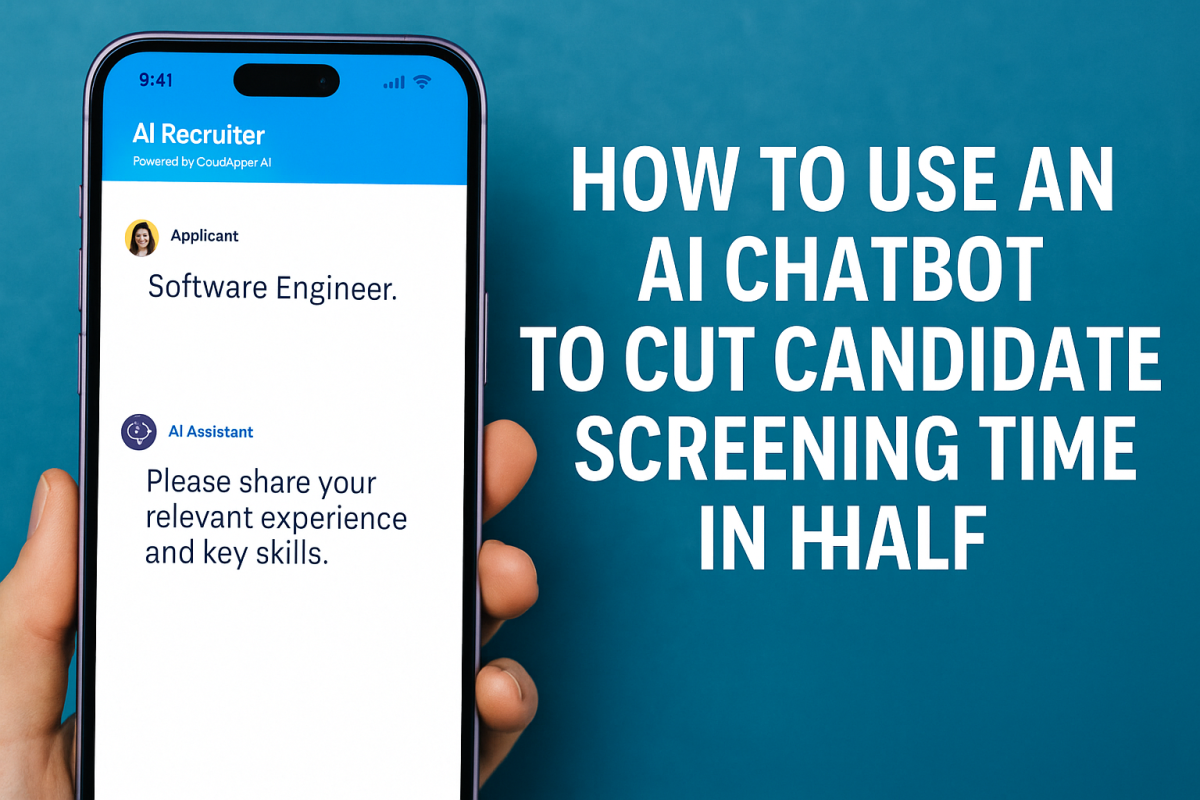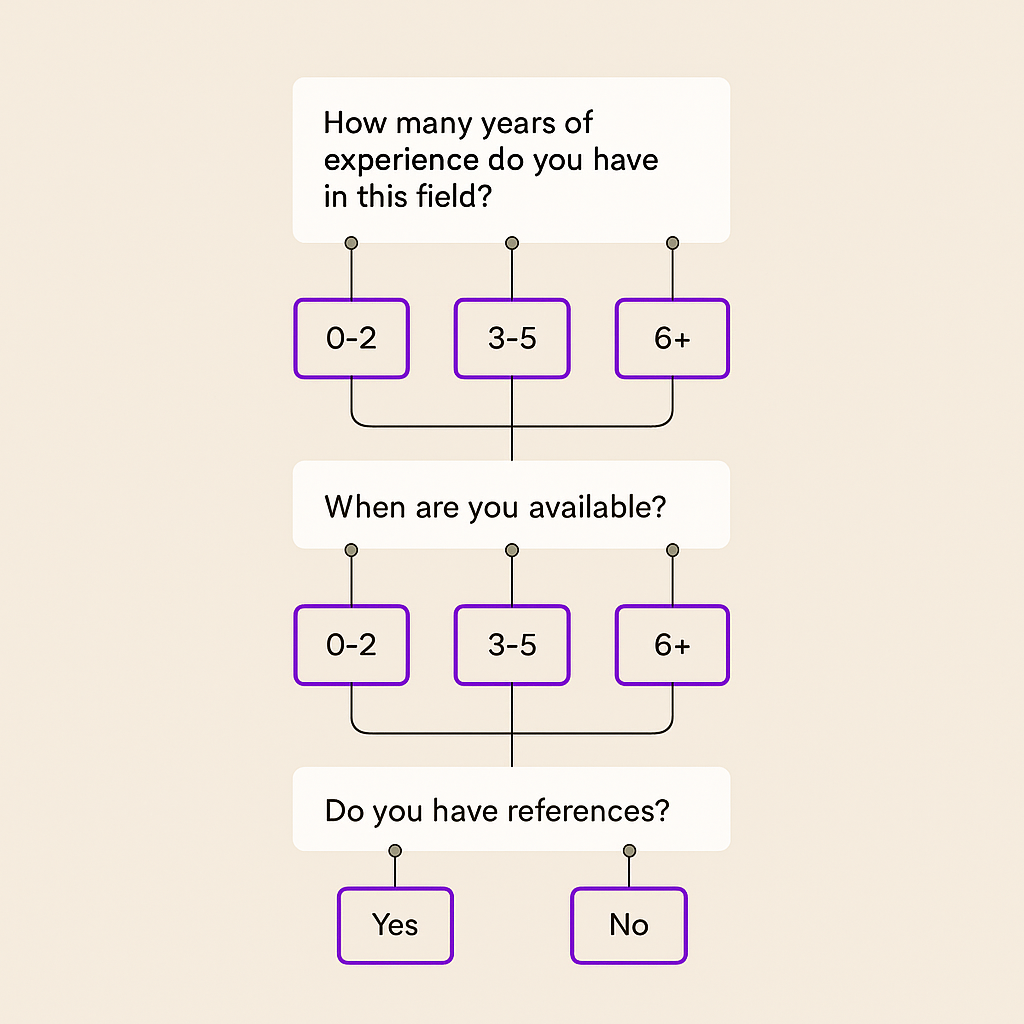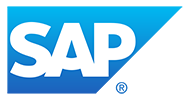AI chatbots revolutionize recruitment by automating candidate screening, reducing time by 50%, and enhancing the candidate experience. They streamline processes like resume parsing and interview scheduling, allowing recruiters to focus on strategic tasks.
Table of Contents
Recruiting is no longer just about finding the right talent—it’s about doing it quickly, efficiently, and without sacrificing candidate experience. Yet for many HR professionals and talent acquisition teams, manual screening remains a bottleneck.
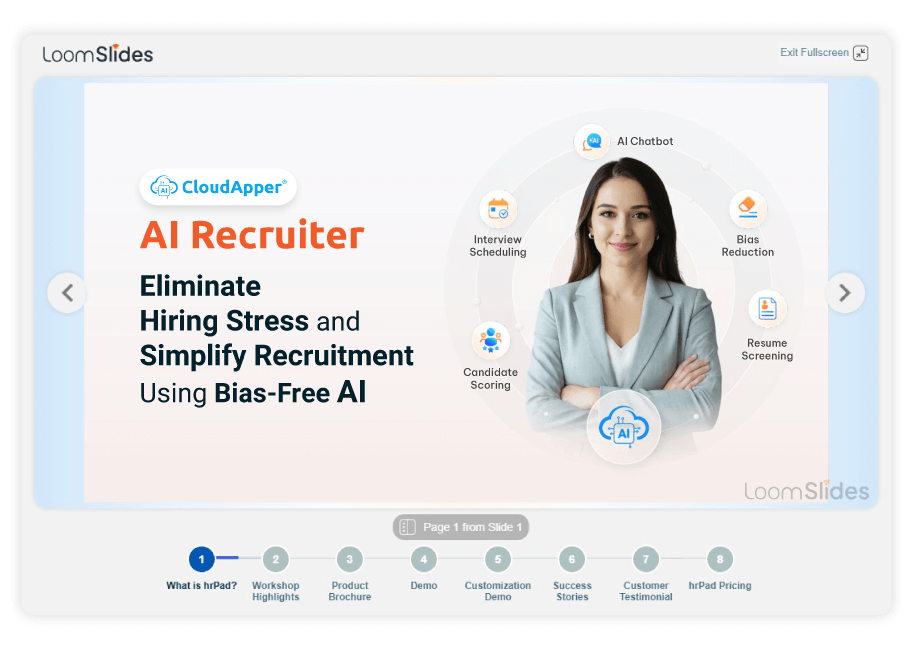
For more information on CloudApper AI Recruiter visit our page here.
Manually reviewing resumes, conducting repetitive pre-screening calls, and coordinating interview availability can stretch a hiring cycle by weeks. This isn’t just inefficient—it can cost companies their best candidates.
Enter AI chatbot candidate screening: a breakthrough solution that slashes screening time while enhancing the candidate experience. Here’s how it works—and how your team can use it to transform hiring.
What Is an AI Chatbot for Candidate Screening?
An AI chatbot for candidate screening is a virtual assistant that uses natural language processing (NLP) and machine learning to automate early stages of recruitment. It interacts with candidates in real time, collects application data, assesses qualifications, and even schedules interviews—all without human intervention.
Key Features:
- Real-time engagement: Responds to candidates 24/7 across platforms like SMS, career sites, or QR codes.
- Automated pre-screening: Asks knock-out and qualifying questions based on job criteria.
- ATS integration: Syncs all candidate data and assessments directly into your Applicant Tracking System for recruiter review.
- Multi-device support: Accessible on mobile, tablet, or desktop with no need for app downloads or logins.
How AI Chatbots Shorten Candidate Screening Time
AI recruitment chatbots don’t just digitize the process—they streamline it. Here’s a step-by-step breakdown of how they operate:
1. Automated Initial Contact
As soon as a candidate shows interest (via QR scan, job board, or direct link), the AI chatbot initiates a conversation. No lag. No waiting.
2. Conversational Qualification
Through dynamic, adaptive chat flows, the bot collects relevant information like:
- Years of experience
- Certifications or licenses
- Work eligibility and location preferences
It also answers common questions—compensation, job duties, location—instantly.
3. Pre-Screening With Knock-Out Logic
Using predefined filters, the chatbot asks knock-out questions (e.g., “Do you have a valid forklift license?”). Unqualified candidates are screened out early—saving recruiters time.
4. Interview Scheduling
For candidates who qualify, the bot automatically checks availability and books interviews—syncing calendars with hiring managers in real time.
5. ATS Integration
All candidate data, including chat transcripts and scores, are sent directly to your ATS for easy access by recruiters.
With NLP and machine learning, chatbots learn and improve over time—understanding context, detecting intent, and adjusting follow-up questions based on previous answers. This makes each interaction feel personalized, not robotic.
Benefits of Using AI Chatbots in Recruitment
Time Savings
AI chatbots can reduce candidate screening time by up to 50%, according to recent industry reports. Tasks that once took days—resume parsing, availability checks, and pre-screening—are now handled in seconds.
Improved Candidate Experience
- 24/7 availability
- Mobile-first access
- Immediate response to questions
- Candidates feel supported and engaged from the first click.
Fair and Unbiased Screening
AI focuses on predefined job criteria, not human judgment. That means decisions are made based on qualifications—not gut instinct—supporting your DEI goals.
Data-Driven Decisions
AI chatbots provide analytics like:
- Drop-off points in the chat flow
- Common candidate questions
- Qualification rates
- This data helps you refine job postings and improve recruiting efficiency.
Step-by-Step Guide to Implementing an CloudApper AI Chatbot for Screening
✅ 1. Prepare Clear Job Descriptions and Screening Criteria
Define the must-have qualifications, certifications, and experience levels for each role.
✅ 2. Select and Integrate a Recruitment AI Chatbot
Choose a chatbot that:
- Supports ATS integration (e.g., with UKG, Workday, Greenhouse)
- Offers no-code customization
- Provides analytics dashboards
✅ 3. Design Chat Flows
Set up conversation trees:
- Welcome message
- Qualification questions
- Knock-out logic
- Scheduling flow
Reflect your company culture and tone throughout.
✅ 4. Train Your Recruiting Team
While AI handles the front-end, your team should:
- Monitor chatbot activity
- Review qualified candidate reports
- Adjust scripts or logic as needed
✅ 5. Ensure Legal and Data Compliance
- Inform candidates that they’re interacting with AI
- Comply with GDPR, CCPA, and other local regulations
- Securely store and process candidate data
Common Misconceptions About AI Chatbots in Recruitment
“AI will replace recruiters.”
Not true. AI enhances your team by eliminating repetitive tasks, freeing recruiters to focus on relationship-building and strategic hiring.
“It’s hard to set up.”
Most modern AI chatbots are plug-and-play with minimal IT support. CloudApper, for example, delivers customized chatbot solutions within days using a no-code platform.
“It feels impersonal.”
With NLP, AI bots now hold conversational, personalized interactions. Many candidates appreciate the instant, no-pressure format—especially for high-volume or entry-level roles.
Best Practices and Tips
- Customize chatbot conversations to match your employer brand voice.
- Regularly update screening questions based on role or industry changes.
- Monitor drop-off analytics and revise flows accordingly.
- Be transparent—let candidates know they’re chatting with a bot.
Conclusion
AI chatbot candidate screening is transforming how companies hire—cutting manual screening time in half while elevating the experience for everyone involved.
It’s not about replacing human recruiters—it’s about empowering them. With AI handling the repetitive, you can focus on the strategic.
Ready to speed up your hiring process and reduce recruiter burnout? Explore a recruitment automation tool like CloudApper AI Recruiter or book a demo to see how it works.
FAQ
How do AI chatbots improve candidate screening?
They automate qualification, answer FAQs, and route top candidates to recruiters—reducing workload and time-to-hire.
Can AI chatbots be used for all types of roles?
Yes. They work well for high-volume roles and can be customized for technical, remote, or executive positions.
What are the limitations of AI chatbots in recruitment?
They’re best for structured pre-screening. Final hiring decisions and relationship-building still require a human touch.
How do AI chatbots integrate with ATS?
Through APIs or native plugins, they sync candidate data, status, and notes into your existing Applicant Tracking System.
Will AI chatbots replace recruiters?
No—they complement recruiters by automating routine tasks and enabling more human-focused engagement where it matters most.
What is CloudApper AI Platform?
CloudApper AI is an advanced platform that enables organizations to integrate AI into their existing enterprise systems effortlessly, without the need for technical expertise, costly development, or upgrading the underlying infrastructure. By transforming legacy systems into AI-capable solutions, CloudApper allows companies to harness the power of Generative AI quickly and efficiently. This approach has been successfully implemented with leading systems like UKG, Workday, Oracle, Paradox, Amazon AWS Bedrock and can be applied across various industries, helping businesses enhance productivity, automate processes, and gain deeper insights without the usual complexities. With CloudApper AI, you can start experiencing the transformative benefits of AI today. Learn More
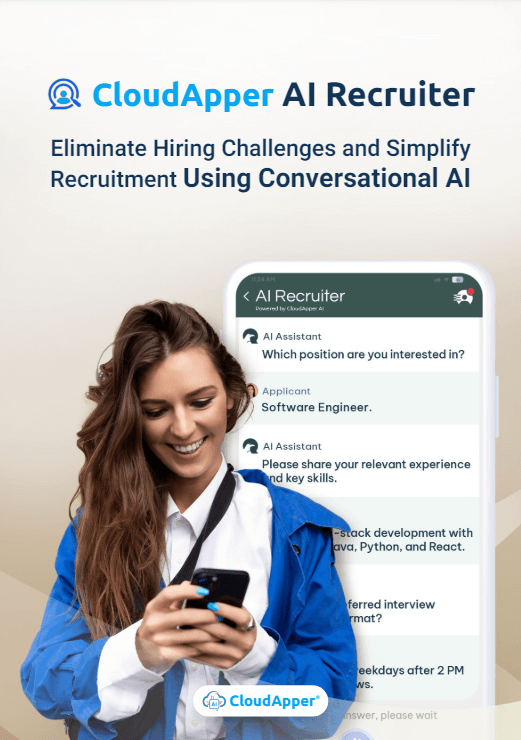
CloudApper AI Solutions for HR
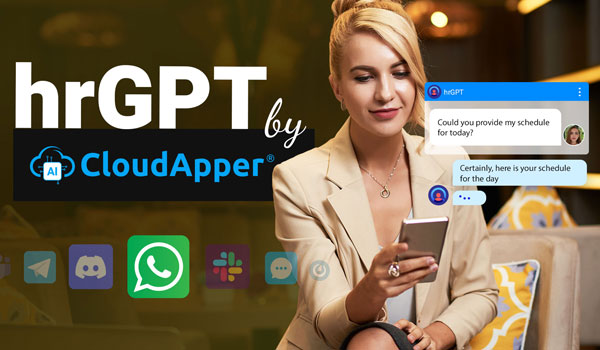
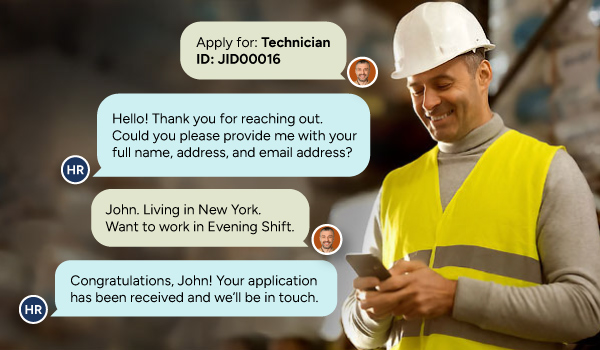

- Works with
- and more.
Similar Posts
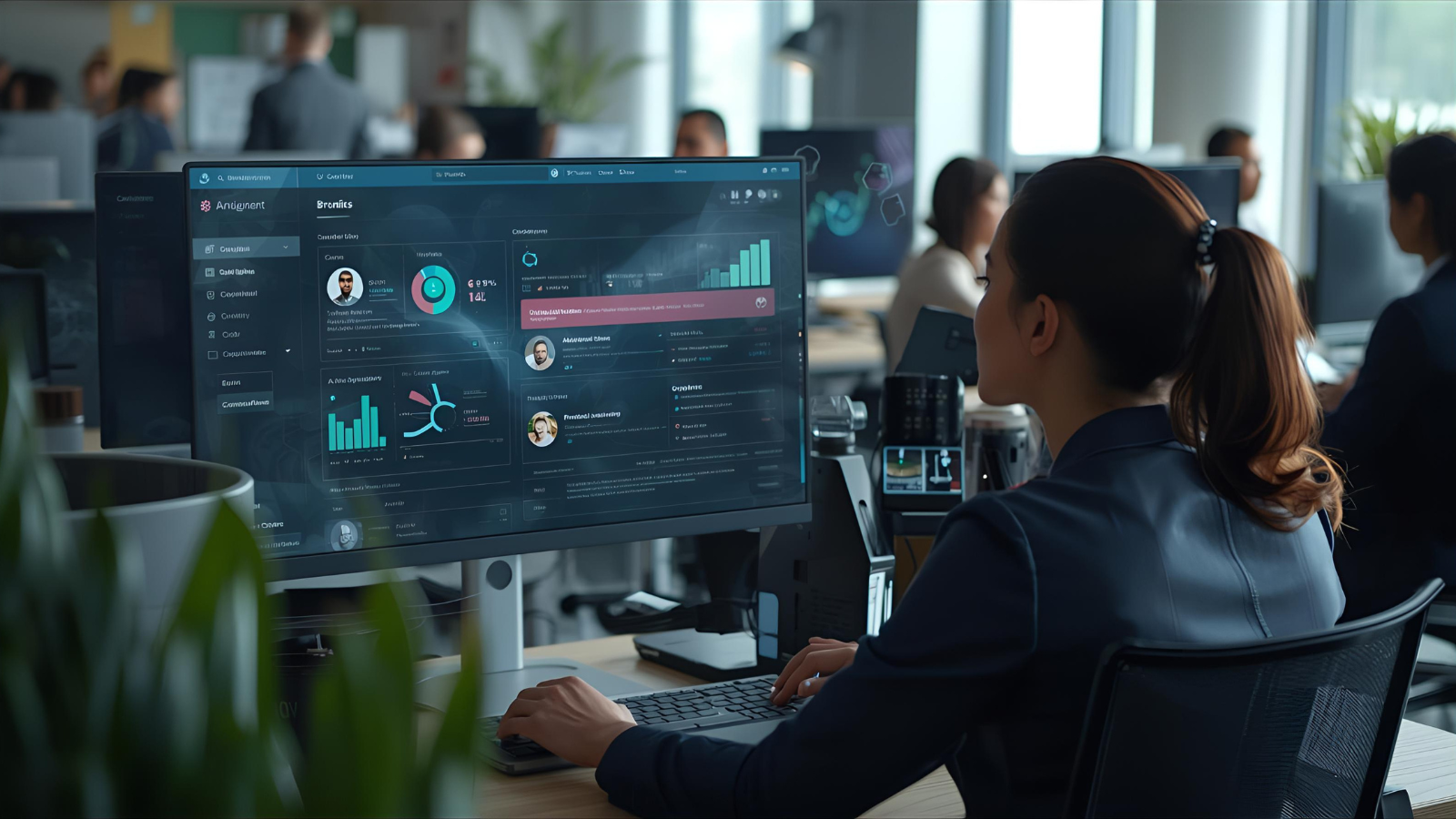
How to Use AI Pre-Screening to Test Real Job Skills
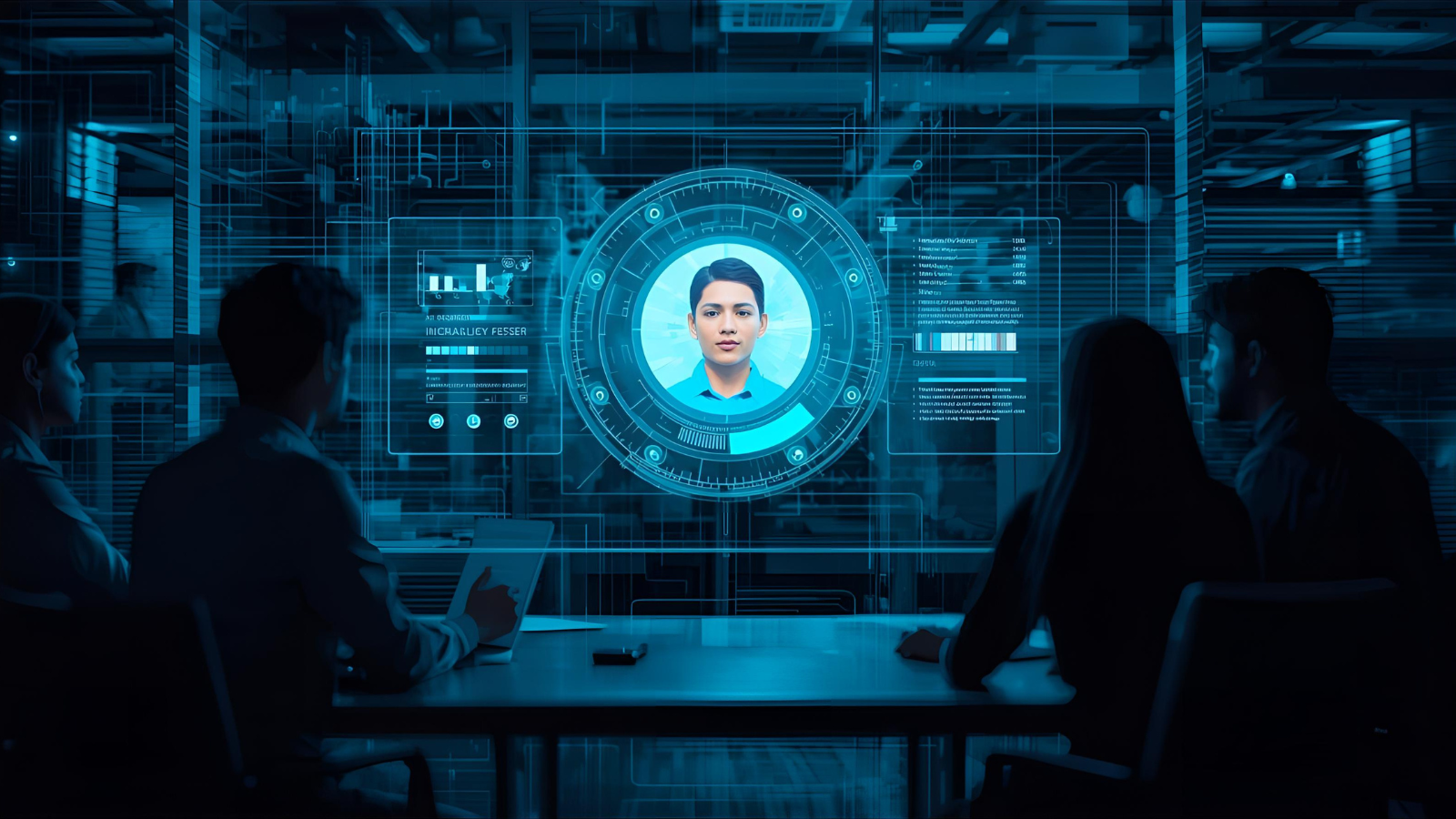
How Can AI Help Recruiters Verify if Someone’s Experience is…

